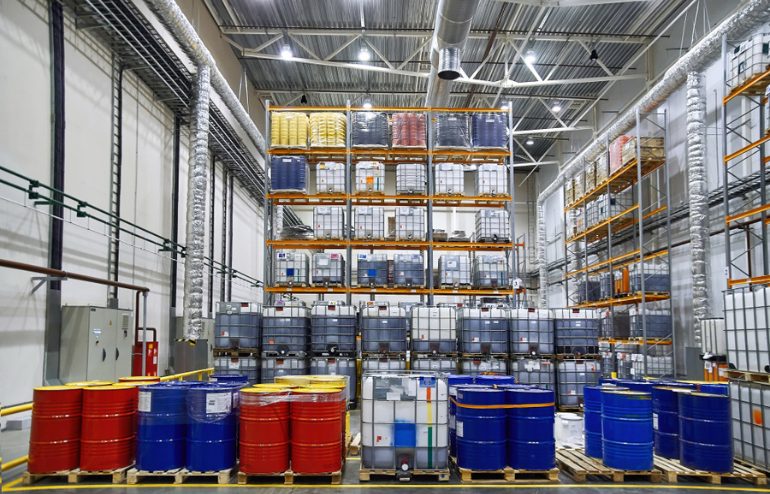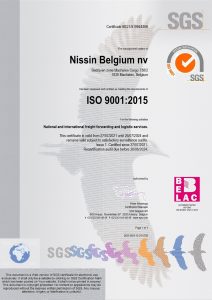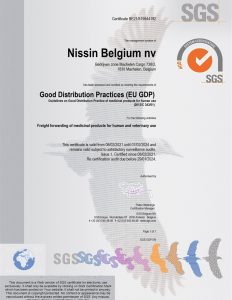The global marketplace thrives on the seamless movement of goods, but the journey can become a complex maze when it comes to dangerous goods. Flammables, explosives, and toxic chemicals demand meticulous planning, specialized handling, and strict adherence to regulations. As a business that ships or receives such materials, it is critical to understand the different regulations, documentation, safety measures and transportation modes involved.
This blog provides an overview of key regulations, documentation needs, safety measures and transportation modes for businesses shipping or receiving dangerous goods. Guidelines are provided for classifying goods, choosing optimal transport methods, implementing safety precautions and working with experienced logistics partners like Nissin Belgium who enable safe outsourcing of hazardous materials shipping.
Dangerous Goods Handling Regulations
The priority when transporting hazardous materials is safety. To guarantee secure and lawful shipment, businesses must comply with transportation regulations that differ by region. In the EU, regulations like ADR, RID and ADN establish procedures for classifying, documenting, packaging, marking and transporting dangerous goods via road, rail and inland waterways, respectively.
Specific instructions are provided for different hazard classes outlined in these modal regulations. Proper classification, package testing, and clear hazard communication through labelling and placarding are mandatory. Businesses shipping dangerous goods must appoint trained staff to oversee compliance.
Documentation Needed
Complete and accurate documentation must accompany dangerous goods shipments. A hazardous materials declaration outlining the goods’ classification, physical and chemical characteristics, packaging and emergency response guidelines is compulsory. Safety data sheets with detailed hazard and precautionary information should be provided.
Package orientation labels indicating correct positioning must be applied. Depending on the material, other paperwork like environmental risk assessments, permits, or approvals may also be required. Thorough documentation ensures safety personnel can quickly identify and handle dangerous shipments.
Choosing the Right Mode of Transport
When selecting how to transport hazardous materials, evaluating risks, costs, delivery times, and regulatory constraints is key. Rail and inland waterways may offer safer and more economical shipping than roads for large quantities over long distances. Air transport has stricter quantity limitations but enables fast delivery over long distances.
Road transport is flexible but restricted to lower-risk hazard classes in small quantities. The proximity of the recipient location, costs and transit time factors should be balanced against safety considerations. Businesses must consult modal regulations to determine compliant transport options.
Implementing Safety Measures
Safe handling of dangerous goods demands proactive measures beyond compliance. Thorough staff training in hazards, defensive driving, accident response and security are essential. Route planning should account for minimizing transit through populated areas. Vehicles must carry proper hazard-specific equipment like spilt goods containment tools and fire extinguishers.
Emergency response plans for potential accidents should be established. Cargo must be securely packed, labelled and placarded to avoid damage, spillage or unclear hazard communication. Tracking shipments also enables rapid response if incidents occur.
Trust an Expert like Nissin Belgium
Navigating diverse dangerous goods regulations while guaranteeing safe, compliant transport can be challenging for businesses. Experienced logistics partners like Nissin Belgium have extensive expertise in classifying, documenting, packing and shipping hazardous materials domestically and abroad. Our trained staff ensures shipments follow modal and geographic regulations during all transit stages.
We are committed to providing safe and seamless services that enable businesses to outsource dangerous goods handling securely.
Contact us at + 32 2 751 44 99 or write to us at HowCanIHelpYou@be.nissin-eu.com to navigate the complexities of dangerous goods transportation securely.






